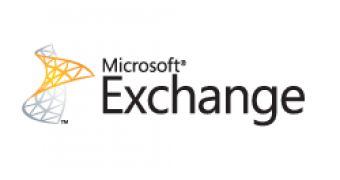Microsoft has taken yet another step further in the evolution of Exchange Server, producing the next development milestone for what it referred to as the most compelling version of the product. On August 17th, 2009, the Redmond company announced the availability of Exchange Server 2010 Release Candidate. At the time of this article the downloads of Exchange Server 2010 were yet to go live, with all requests being redirected to the Microsoft Download Center homepage.
“I want to highlight a couple of interesting new things in the Release Candidate: Support for Windows Server 2008 and Windows Server 2008 R2: The Exchange Server 2010 Release Candidate is now supported on the 64-bit versions of the Windows Server 2008 and Windows Server 2008 R2,” revealed Michael Atalla, Exchange Group program manager.
In addition, Microsoft is promising customers that will test drive Exchange Server 2010 Release Candidate that it will support in place upgrade scenarios from the RC development milestone to Exchange Server 2010 RTM. “You can start planning and deploying your Exchange Server 2010 environment today knowing that it will be possible to perform an in place upgrade with the final version expected to be available later this year. You won't need to reinstall your servers or reconfigure your Exchange settings once you have deployed the Release Candidate,” Atalla added.
Testers need to understand, just as it was the case for Windows 7 RC for example, that there will be little differences between the Release Candidate and RTM builds of Exchange Server. In this context, the software giant underlines that Exchange Server 2010 RC is now feature complete.
Exchange Server 2010 is designed to offer customers a range of enhancements, new features and services compared to its precursor. In this regard, improvements include new rights-protected e-mail functionality with Active Directory RMS; new transport and routing functionality; new permissions functionality; new high availability functionality; new messaging policy and compliance features; new Outlook Web Access features; new Unified Messaging features; new Web Management Interface; new Exchange core store functionality; new administration functionality in the Exchange Management Console; and new administration functionality in the Exchange management shell.
Microsoft also notes that, in order to streamline the testing of Exchange Server 2010, it has made the product play nice with Exchange Server 2007 and Exchange Server 2003. Customers looking to test drive version 2010 can install it in their environments alongside v2007 or v2003. “This will enable you/your company to start planning your upgrade, test critical scenarios and experience the benefits of the latest version of the product. For Exchange Server 2007 co-existence, Service Pack 2 (SP2) is required, and will be available later this month,” Atalla said.
Exchange Server 2010 Release Candidate (RC) is available for download here.

 14 DAY TRIAL //
14 DAY TRIAL //